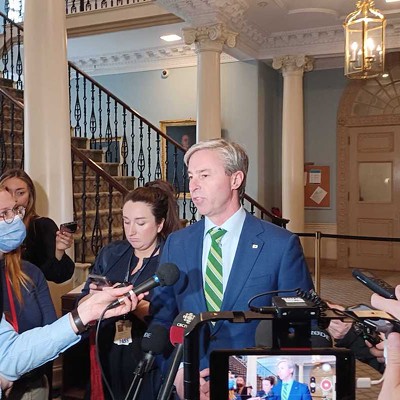To the editor,
Regarding the article "MacDonald Bridge" in last week's issue: Andrew Terris has repeatedly stated both in your article and other venues that the Nova Scotia Arts Council being shut down and the Cultural Federations having their budgets cut in 2002 coincided with the launch of the Nova Scotia Music Sector Strategy. In fact, it was launched in August 2004, two years later than he states.
Mr. Terris stated that there is a connection between minister Rodney MacDonald and his staff's motivations to invest in music and the cuts to NSAC and the Cultural Federations. In fact, the Music Industry Association of Nova Scotia started the three-and-a-half year process of creating a strategy in 2001. Hundreds of people were consulted throughout this process, from the MIANS 450- person membership, to government and industry stake-holders, to the Cultural Federations themselves. The Strategy represents the needs and hopes of our sector, not the machinations of bureaucrats and politicians, as is intimated.
It is important to remember that the cuts to the Culture Division and Cultural Federations budgets in 2002 were a part of a government-wide program to reduce expenses and balance the budget. This is not to say that I agreed with these cuts, but it can hardly be said that they were targeted specifically at arts and culture. Mr. Terris states that the government spending on arts and culture has not grown, when in fact the budget of the Culture Division has increased from $5.808 million in 2001/02 to $7.154 million in 2004/05.
It must also be noted that musicians that qualify for the Music Sector Strategy funds can no longer apply for funding under any of the other programs administered by the Culture Division, which has actually made several hundred thousand dollars a year available to artists of other disciplines.
I share the hope of the executive directors of the Cultural Federations that the NS government will start allocating multi-year funding for program delivery. All organizations struggle under the current system, and the government's goals of accountable, cost-effective programming would be better met by larger, longer term funding commitments to operations and programming. This would reduce the amount of time spent by staff applying for and reporting on funding for tiny projects, and increase the amount of time spent on their valuable work.
By Waye Mason, former president and board member, MIANS, 2001-04















